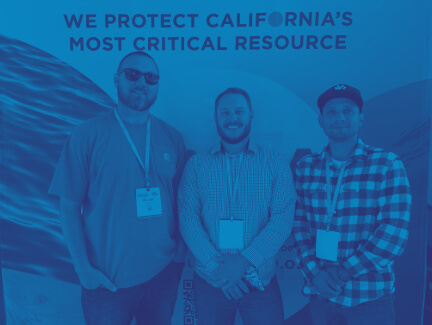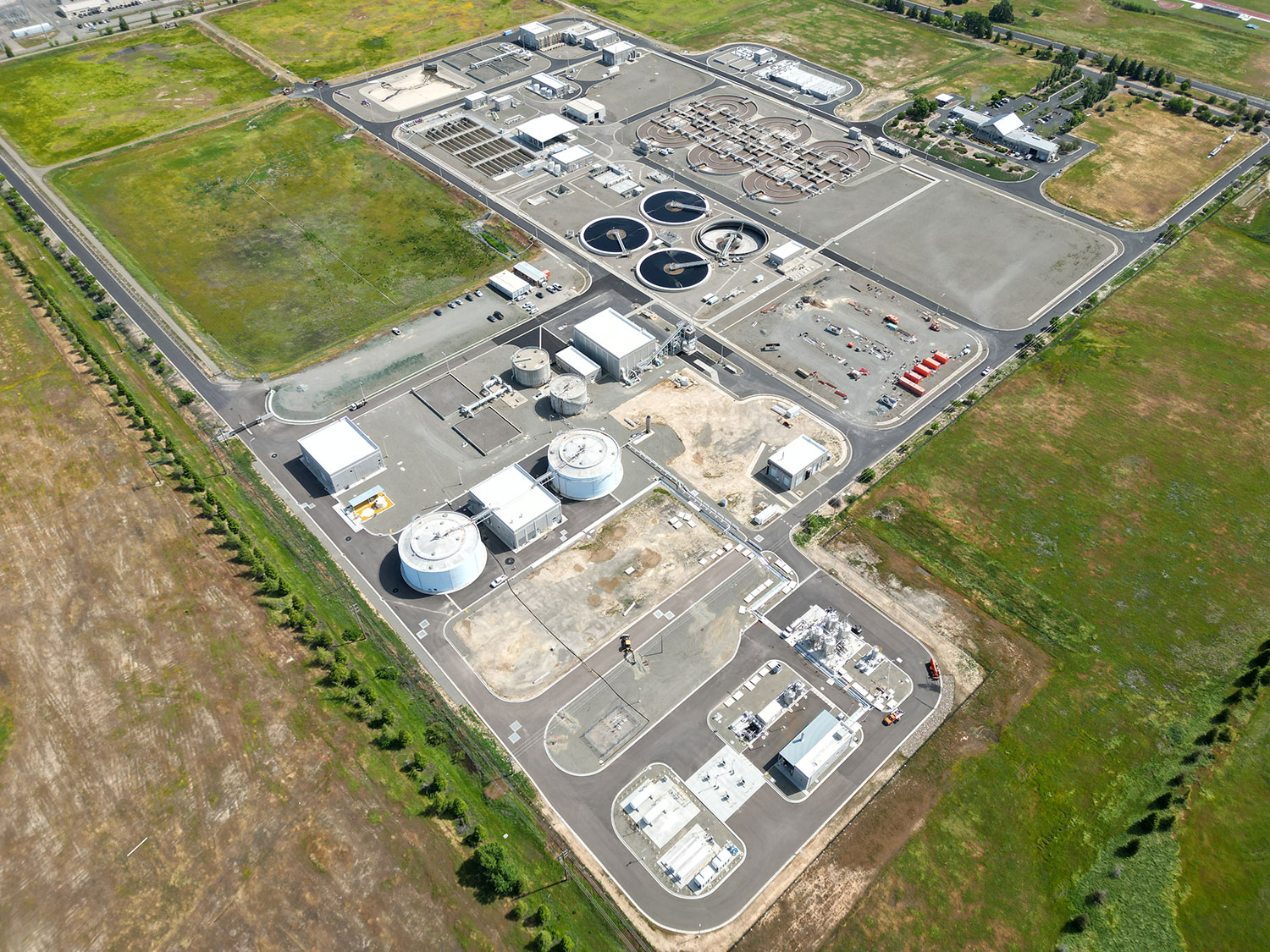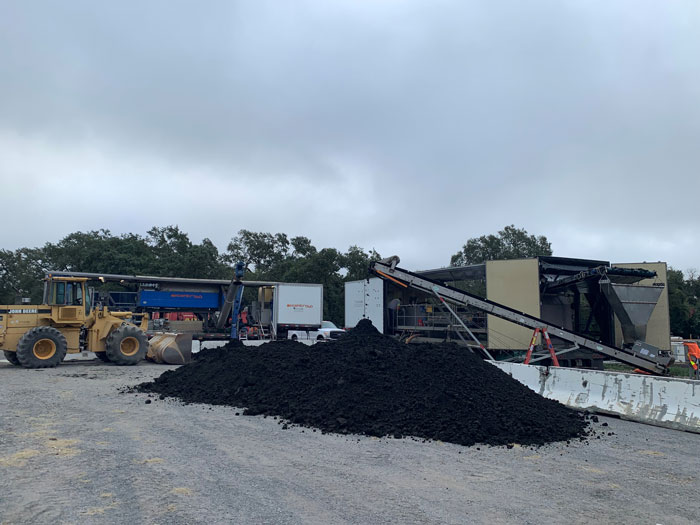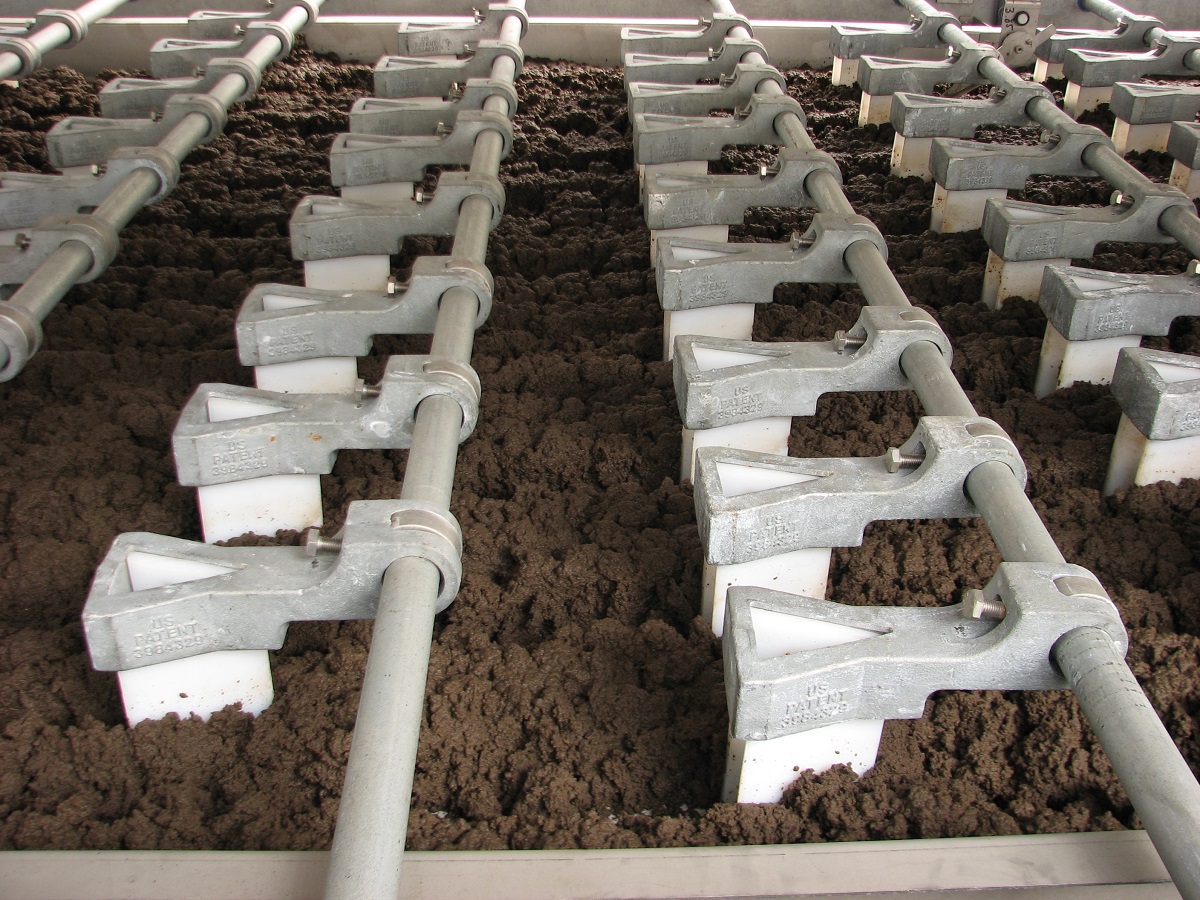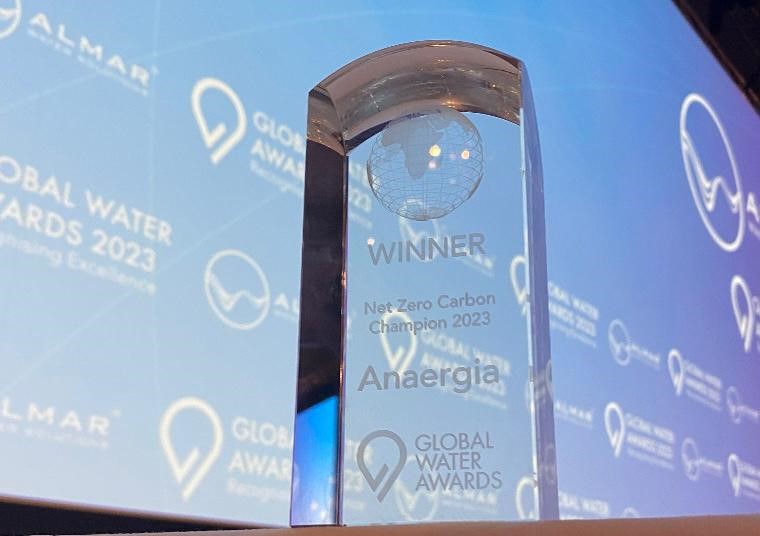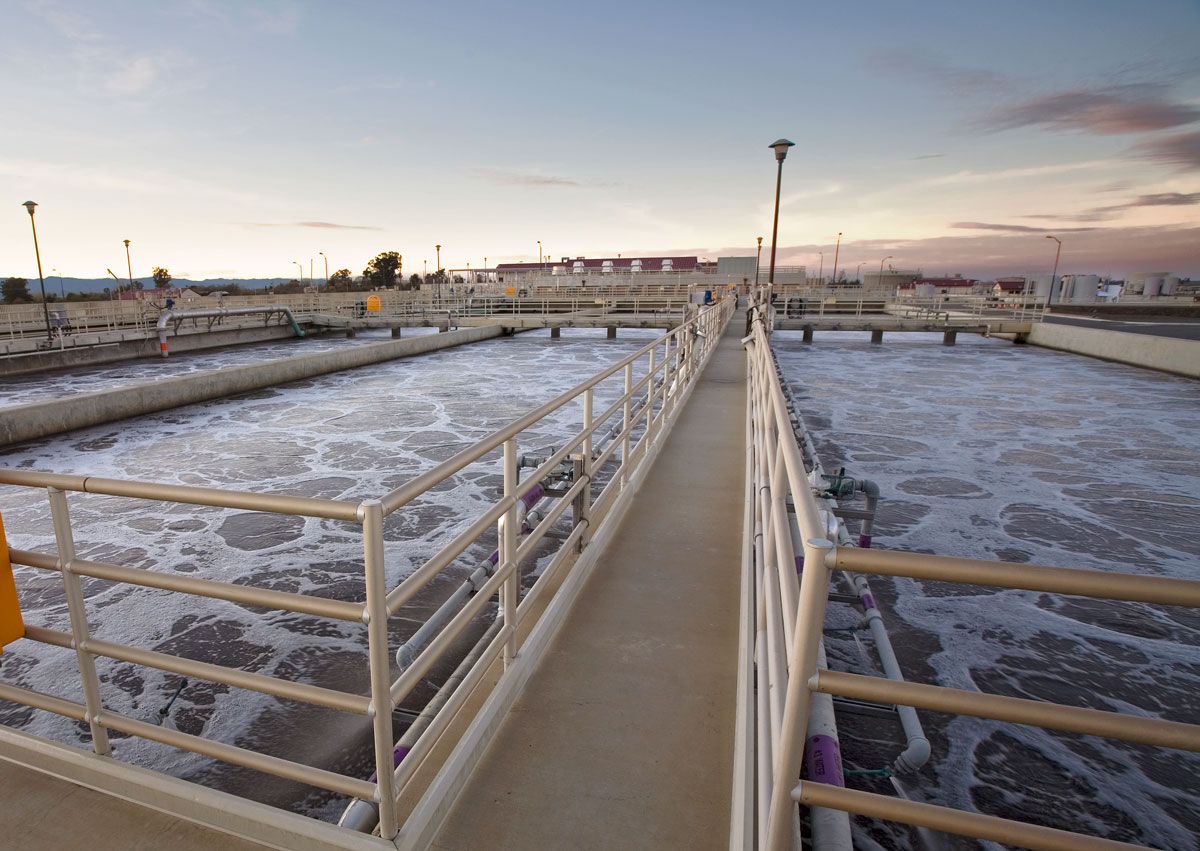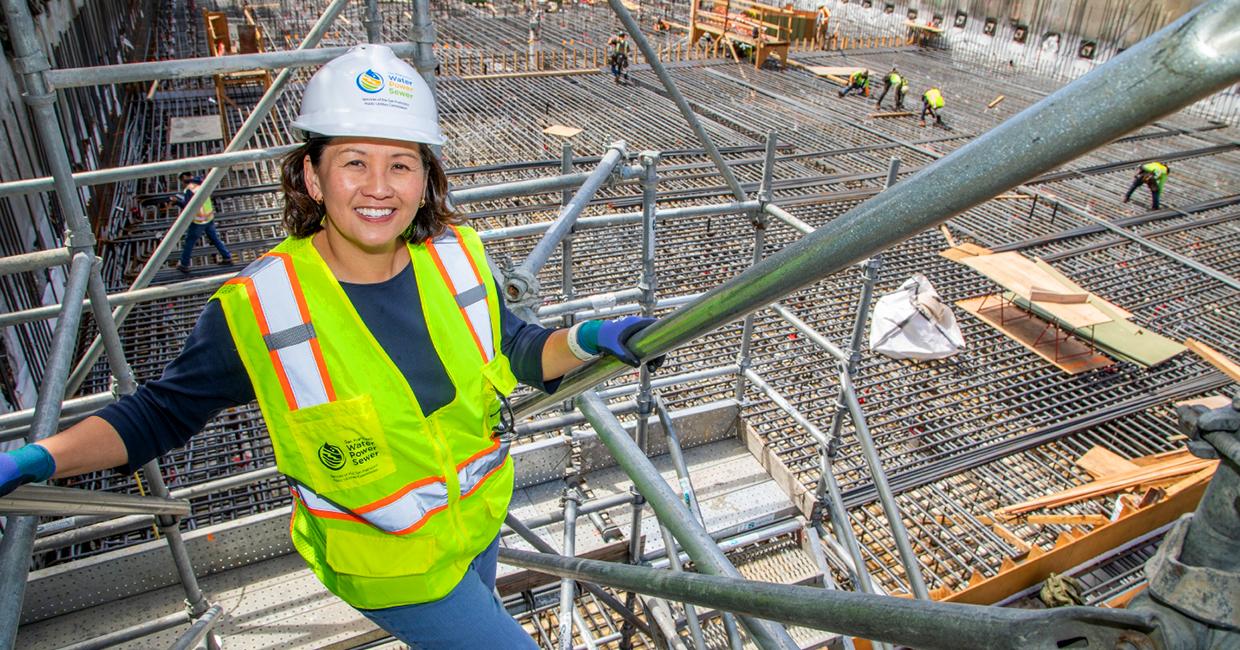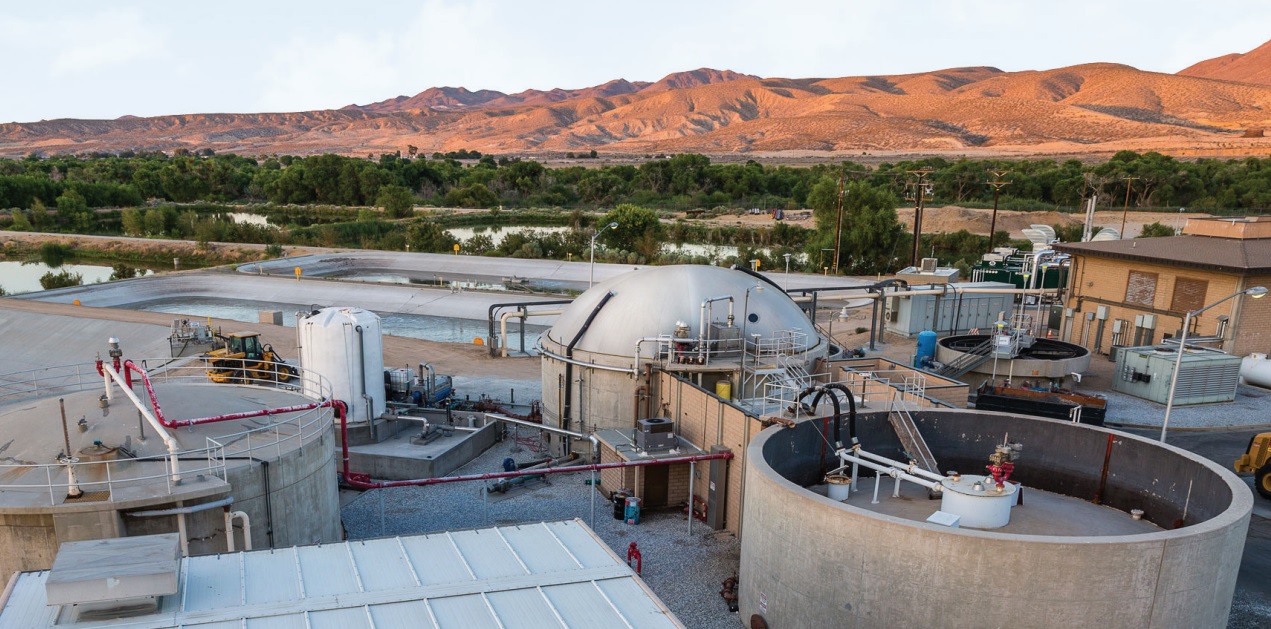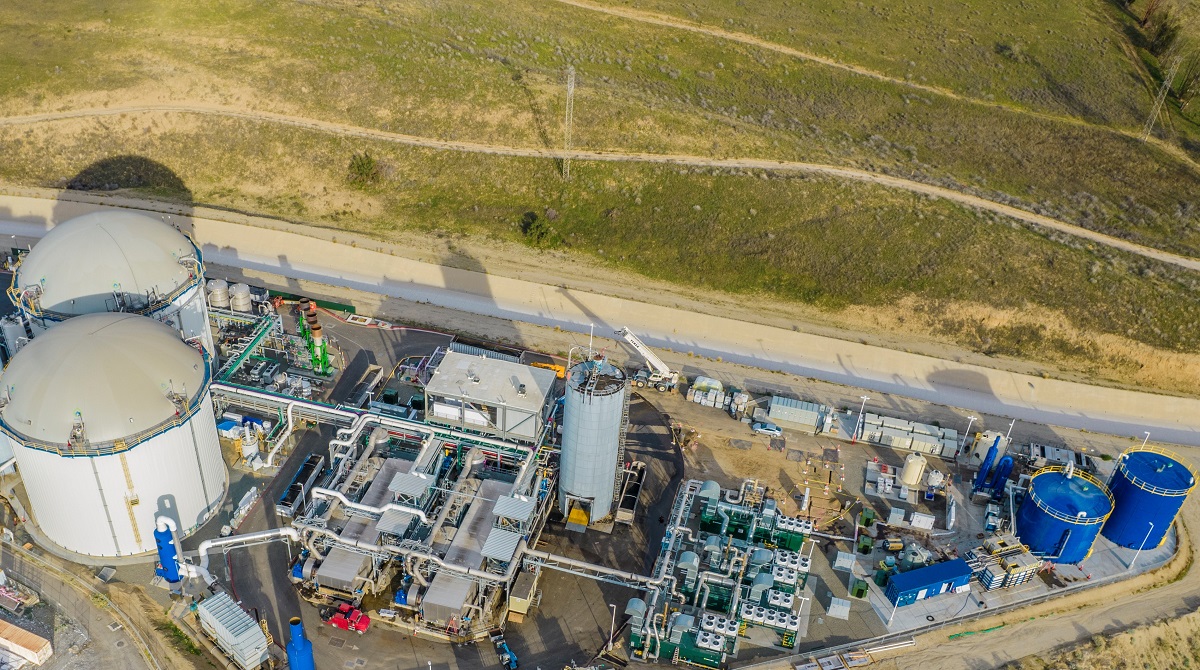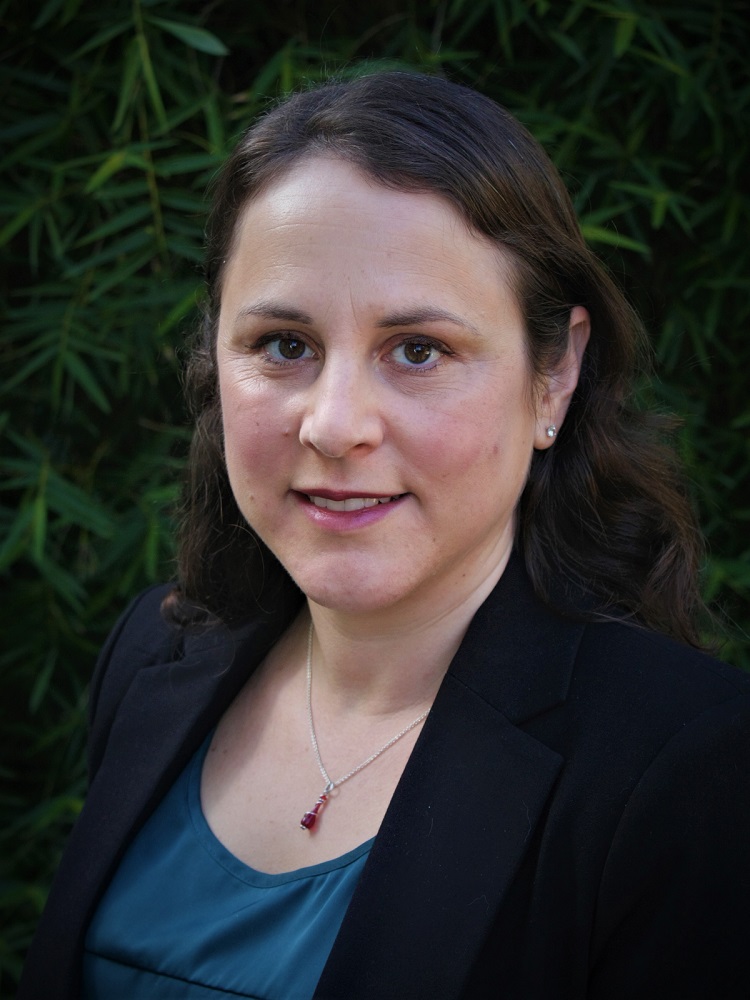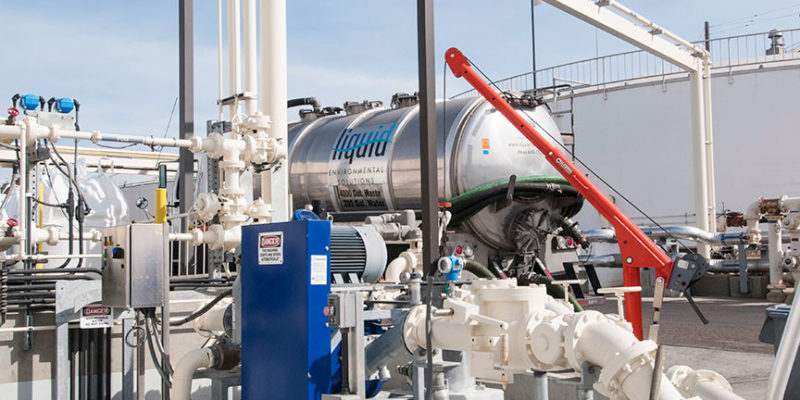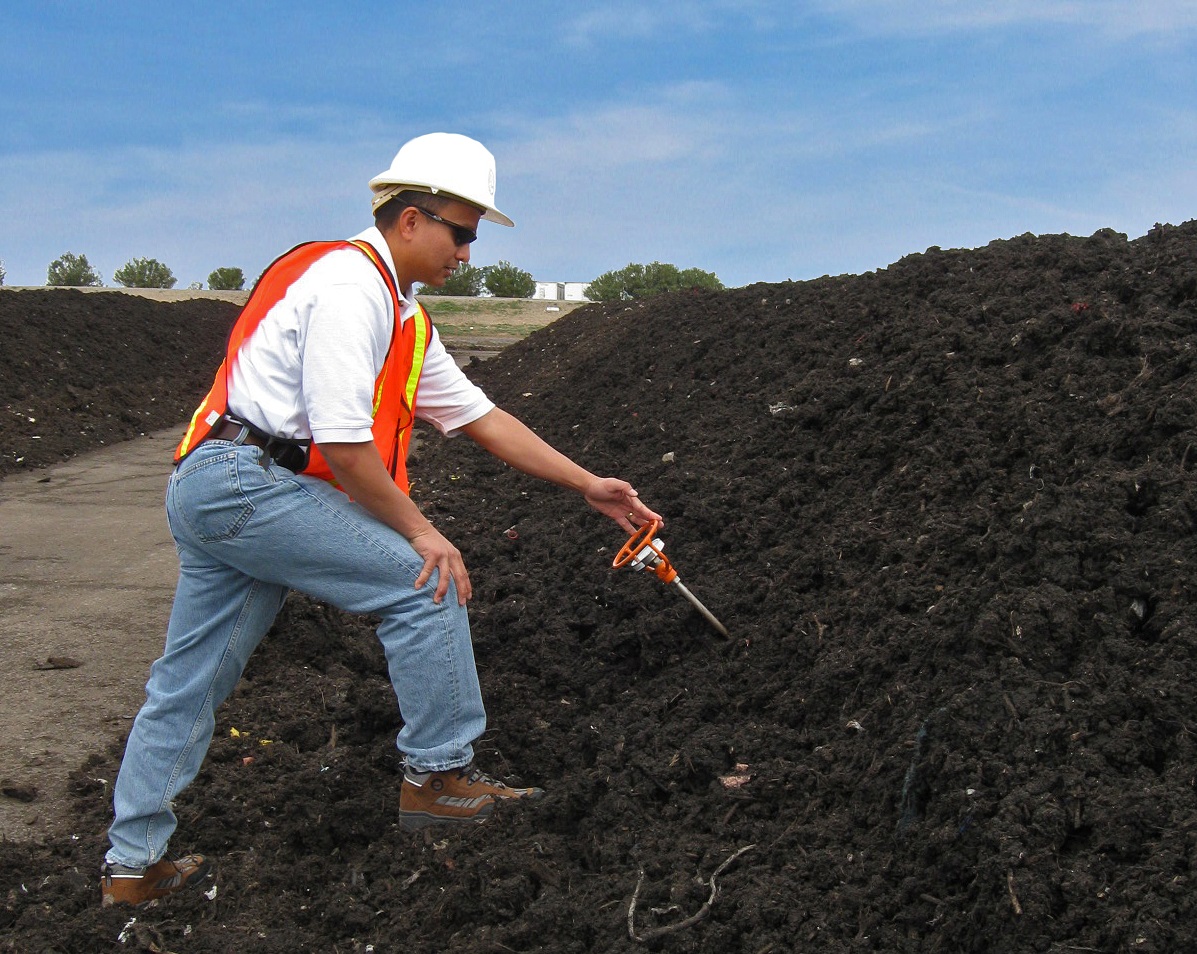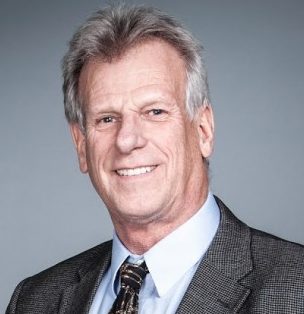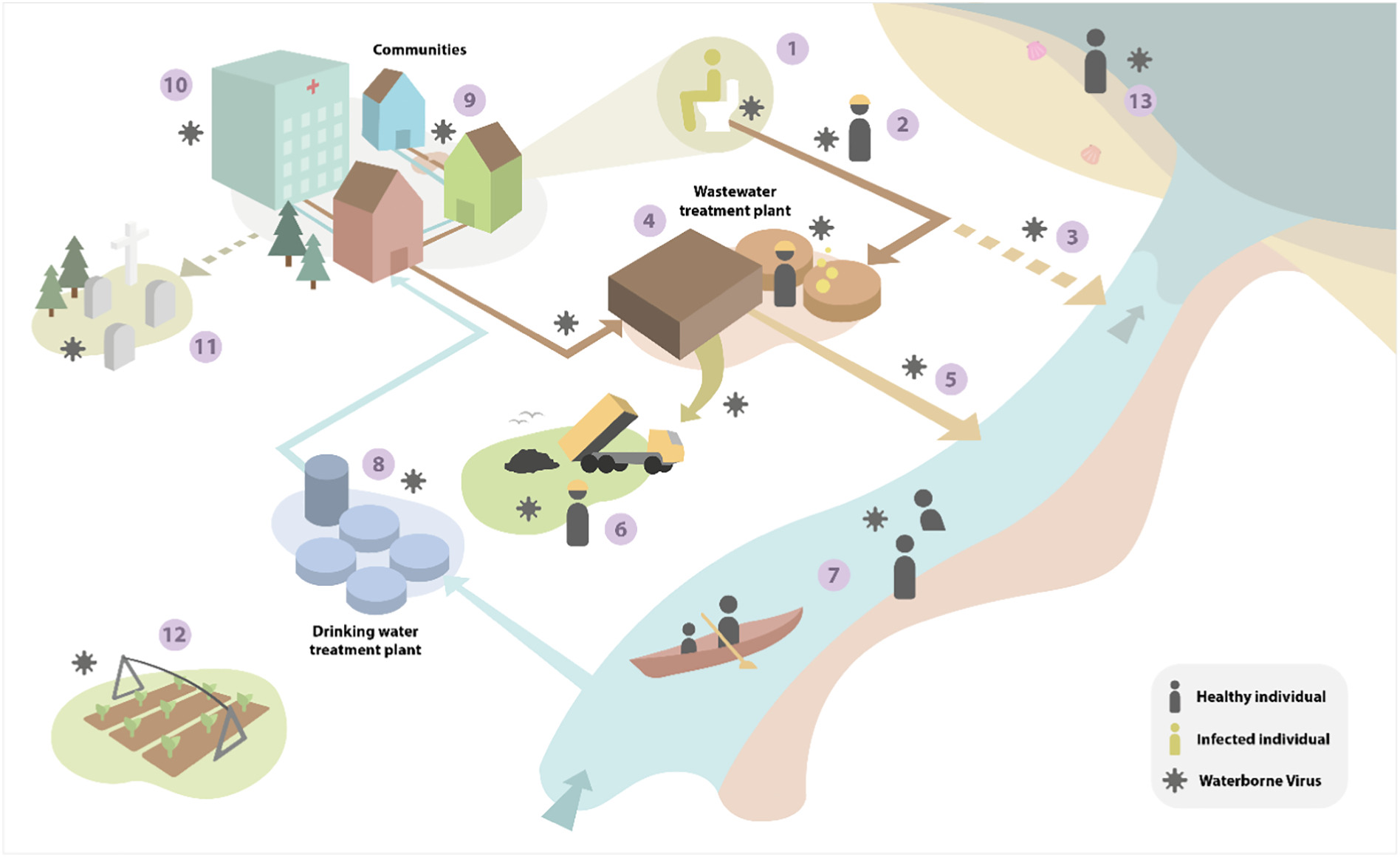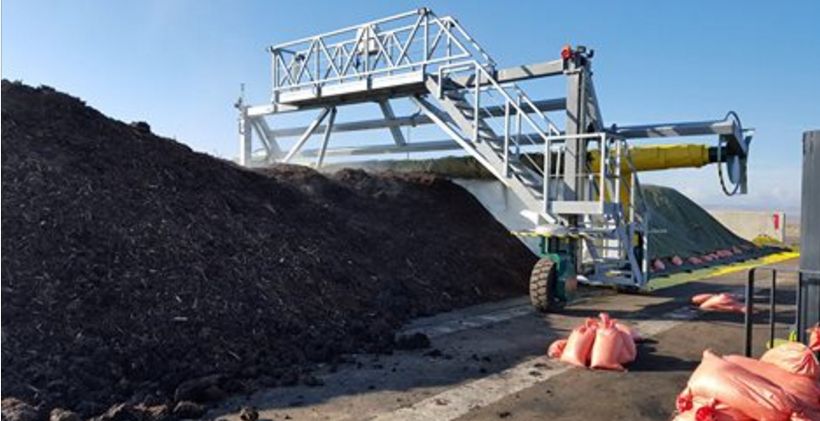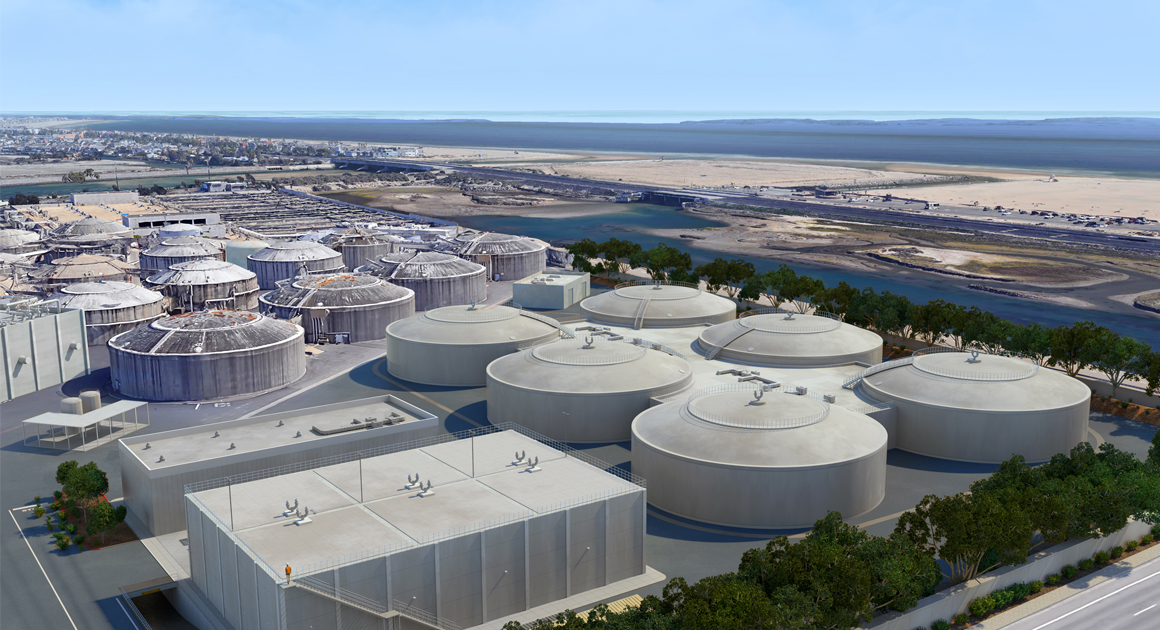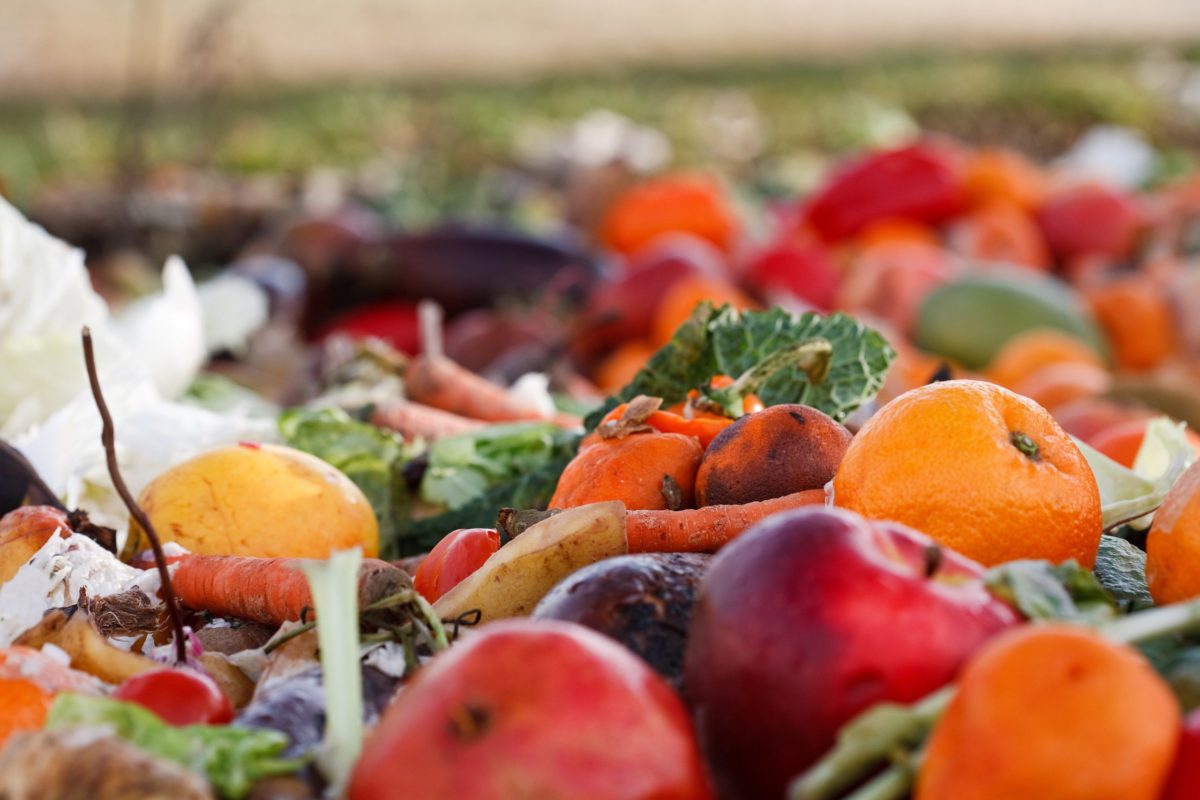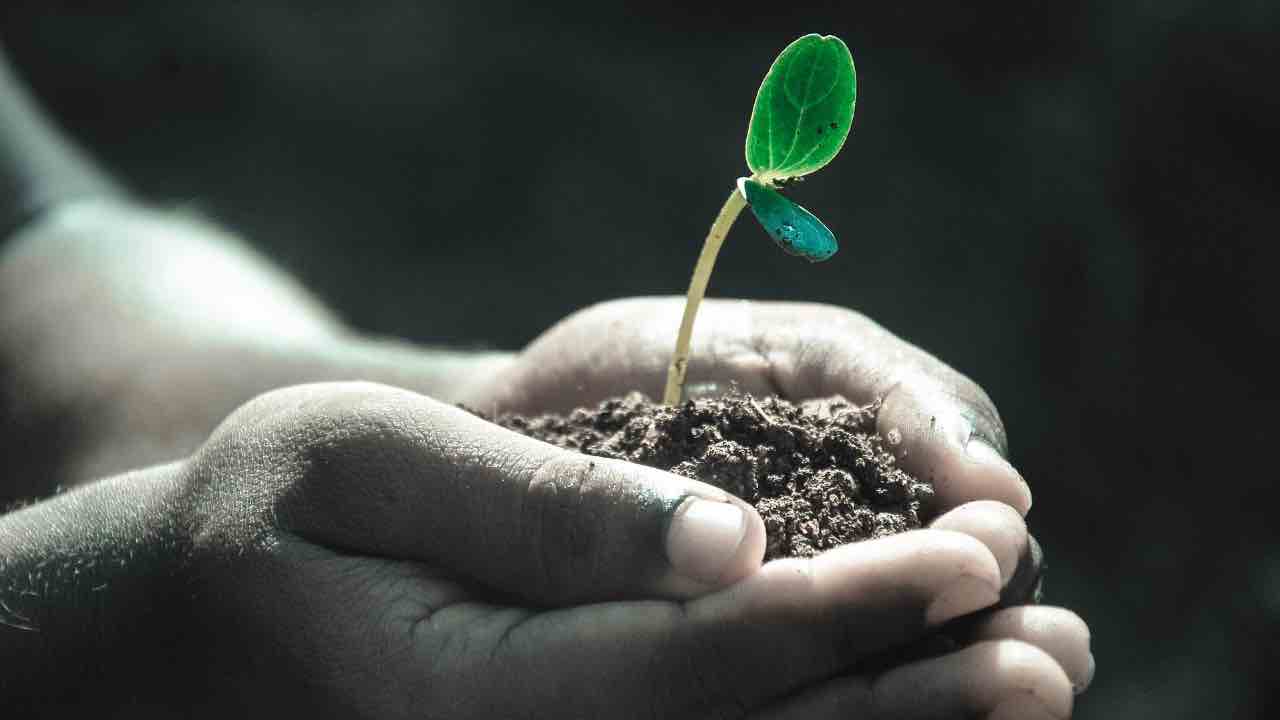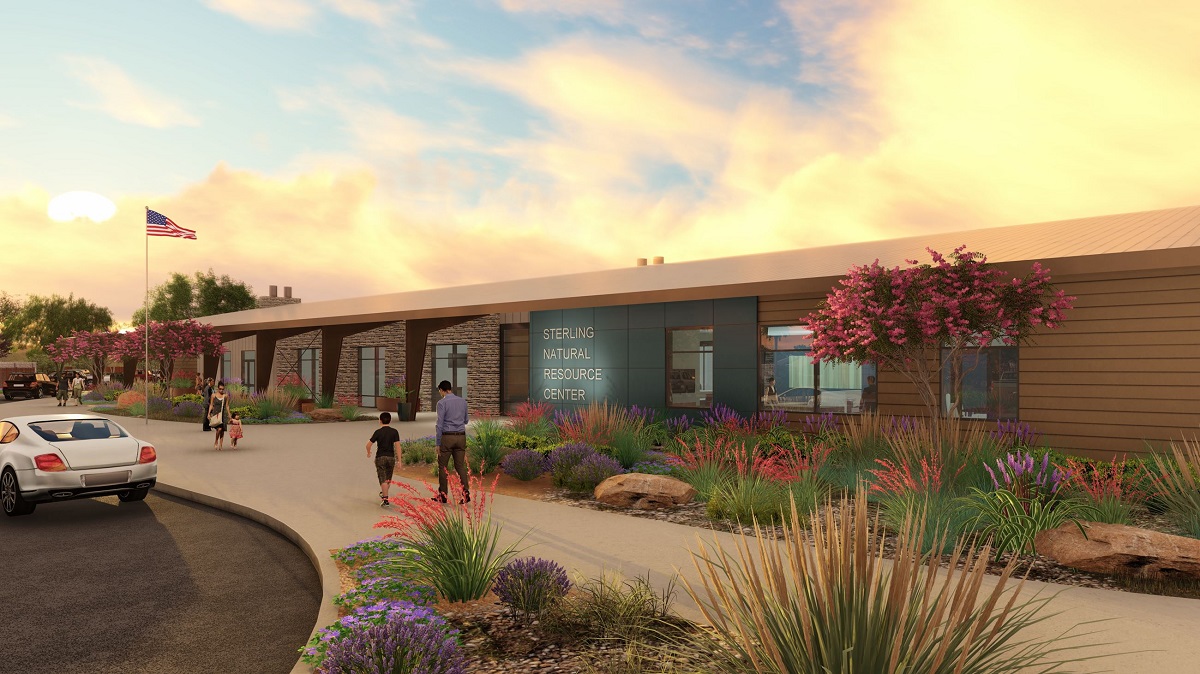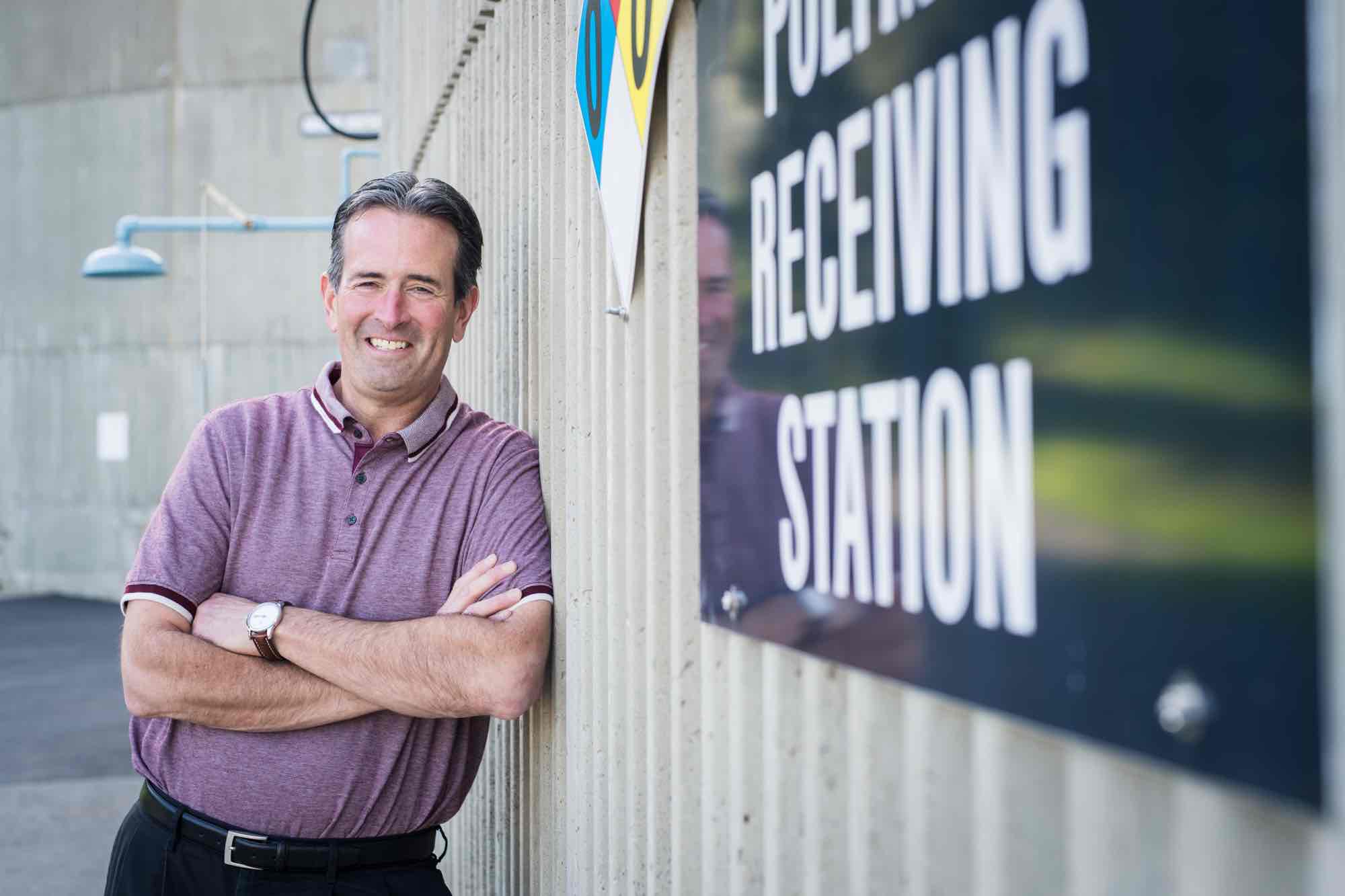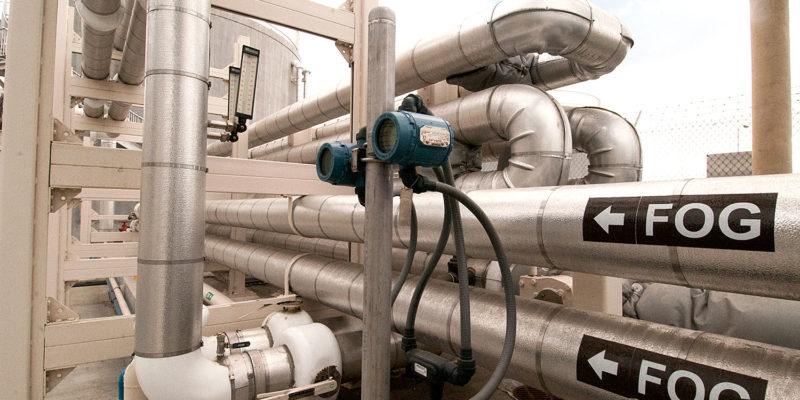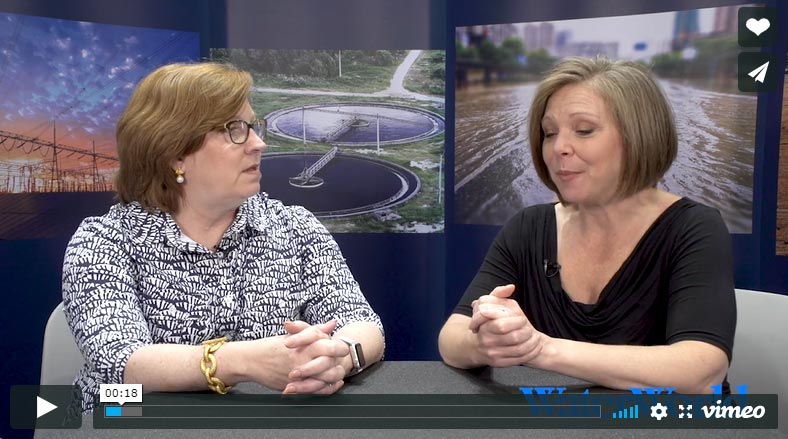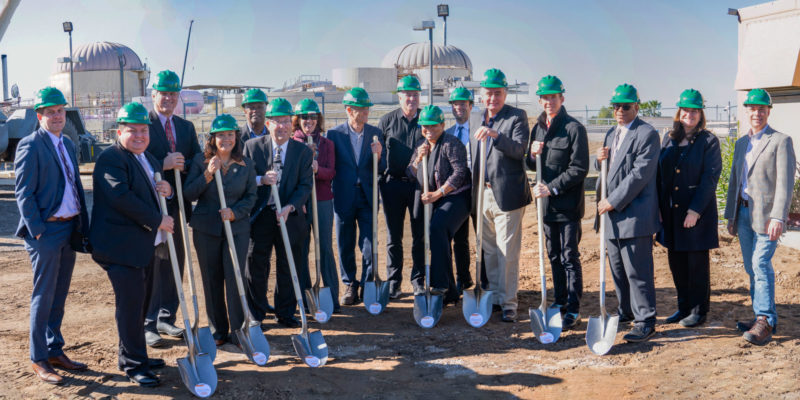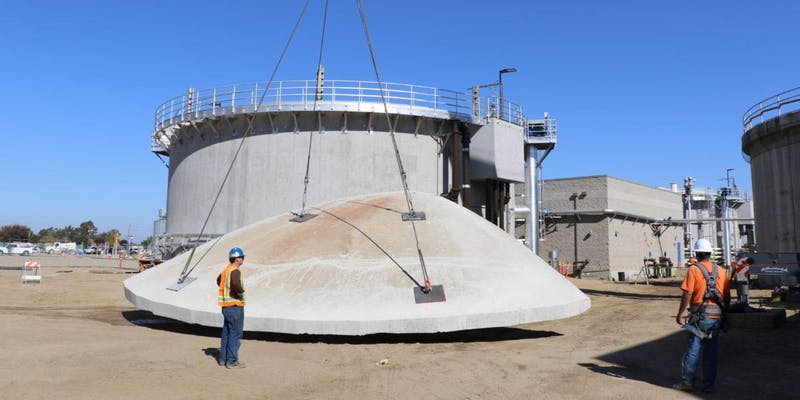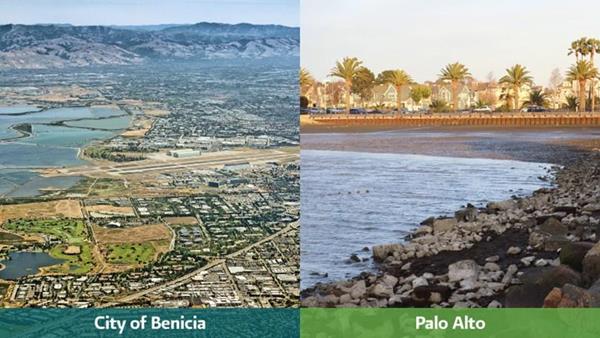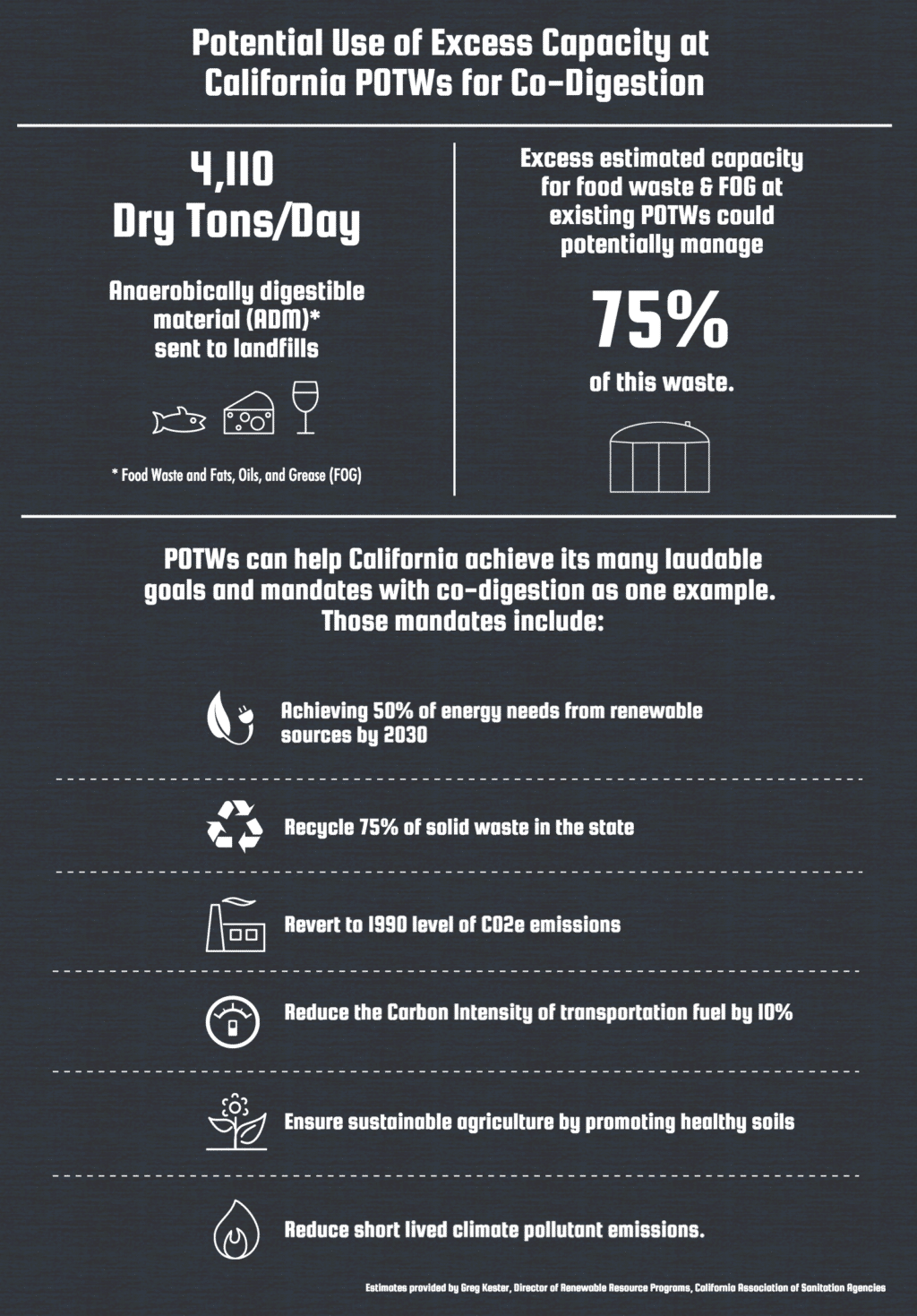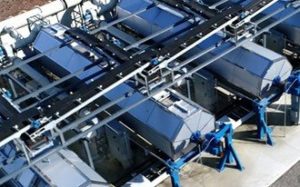Biosolids
Biosolids are the nutrient-rich organic materials resulting from the treatment of domestic waste at a wastewater treatment facility. Through biosolids management, solid residue from wastewater treatment is processed to reduce or eliminate pathogens and minimize odors, forming a safe, beneficial agricultural product. Biosolids are carefully monitored and must be used in accordance with regulatory requirements
Biosolids resources: Technical Documents
Communications Toolkit | WEF Resources | CASA Resources
-
NEWS
Roseville recently celebrated the completion of a $110 million expansion project at the regional Pleasant Grove Wastewater Treatment Plant after more than three years of work. The expansion, officially opened in September, has increased treatment capacity from 9.5 million gallons per day to 12 million, making it better equipped to meet the region’s growing wastewater...
-
NEWS
The Town of Windsor has received a technical assistance grant from the federal Department of Energy (DOE) to further evaluate the risks and benefits of a project that would convert the Town’s wastewater sludge (biosolids) into high-performance, consumer ready fertilizer and soil amendment, cut Windsor’s greenhouse gas (GHG) emissions, and help stabilize future impacts to...
-
NEWS
“One of the most effective near- and long-term solutions to reducing PFAS in biosolids is to prevent PFAS from entering wastewater treatment facilities in the first place.” The latest science is clear: long-term exposure to PFAS is linked to significant health risks, and PFAS can enter our water and land through several different paths. That’s...
-
NEWS
Anaergia Inc. announced it has been named Net Zero Carbon Champion in the water industry’s most prestigious awards program, the Global Water Awards. In addition, a wastewater project designed, built, and financed through the Company’s subsidiary SoCal Biomethane for Victor Valley Wastewater Reclamation Authority was named Wastewater Project of the Year. The awards represent a...
-
NEWS
View CWEA’s PFAS topics page > Research by Charles E. Schaefer, Jennifer L. Hooper, Laurel E. Strom, Ibrahim Abusallout, Eric R.V. Dickenson, Kyle A. Thompson, Gayathri Ram Mohan, Dina Drennan, Ke Wu, and Jennifer L. Guelfo (please see article for affiliations) Abstract Both quantifiable and semi-quantifiable poly- and perfluoroalkyl substances (PFAS) were evaluated in the...
-
NEWS
Coverage of PFAS is supported by Carollo. In 2018, the media seized on a story about a small dairy farm in Maine that was forced to no longer produce milk due to sludge and biosolids spread on the farm as fertilizer under a state-sponsored program from 1983 to 2004. Wastewater utilities were quickly blamed for...
-
NEWS
In the Bayview this past spring, as huge concrete biosolids digesters began to rise on the Southeast Treatment Plant (SEP) site, Senior Project Manager Carolyn Chiu took a moment to reflect on the progress. Chiu is the Senior Project Manager on the SFPUC’s Biosolids Digesters Facilities Project (BDFP), the SFPUC’s largest infrastructure project under the...
-
NEWS
As municipalities across California pass organic waste diversion ordinances required by Senate Bill 1383, the Victor Valley Wastewater Reclamation Authority’s (VVWRA) facility in Victorville recently commissioned a first-of-its-kind resource recovery natural gas facility. Though the project was conceived before SB 1383 requirements were outlined, this cutting-edge approach demonstrates a progressive way to manage landfill-diverted organic...
-
NEWS
Anaergia announced that its Rialto Bioenergy Facility in Rialto, California, received the Distinction Award for Wastewater Project of the Year at the Global Water Awards 2022, one of the water industry’s most prominent international awards programs. The award was presented at a ceremony in Madrid, Spain, on Tuesday evening. The Rialto Bioenergy Facility is a $185 million...
-
NEWS
View CWEA’s PFAS resources page, support by Carollo. Welcome to this special edition of CWEA’s winter magazine. Polyfluoroalkyl and Perfluoroalkyl compounds, or PFAS for short, are a family of chemical compounds with a’ persistence, ubiquity, and toxicity at very low levels that make them the leading contaminant challenge of our time. In 2020, the State...
-
NEWS
CalRecycle has been appropriated $19 million dollars to award as grants to expand food waste co-digestion projects at existing wastewater treatment plants. Eligible projects may include the design and construction of integrated organic food waste preprocessing and anaerobic digestion systems that will divert significant amounts of food waste from landfill disposal to co-digestion, achieving greenhouse...
-
NEWS
Water resource recovery professionals have long understood that when processed correctly, fertilizers made by repurposing wastewater biosolids can often represent a safer, cheaper, and more sustainable soil amendment compared to manure or chemical-based fertilizers. However, while biosolids reuse in the U.S. has become more common in recent decades, its adoption has been sluggish because of inconsistent regulatory guidelines, gaps...
-
NEWS
Objectives SB 1383, signed into law in September 2016, requires a 40% reduction in methane emissions in California by 2030 below the levels emitted in 2013. In order to achieve the methane emission reductions, the legislation further requires a 75% diversion of organics (including biosolids) from landfills by 2025, using 2014 levels as the baseline....
-
NEWS
British researchers look at the dangers of working around raw sewage. They find SARS-CoV-2 is unlikely to be spread by sewage. “Overall, we conclude that while virus particles contained in respiratory droplets are known to be highly infectious, evidence suggests that feces and urine probably contain low levels to no infectious particles. In comparison to...
-
NEWS
In recent years, PFAS has become a topic of public concern, particularly when found in water supplies. We in the water sector are also concerned about PFAS because protecting public health and the environment and increasing sustainability in our communities is our daily mission. The Water Environment Federation (WEF) and its members always prioritize science,...
-
NEWS
Orange County Sanitation District’s new temperature-phased anaerobic digestion system to secure reliable biosolids management for the next 50 years The Orange County Sanitation District (OCSD) has engaged a team of Brown and Caldwell and Black & Veatch to deliver professional design services for a new temperature-phased anaerobic digestion (TPAD) facility at its Plant No. 2...
-
NEWS
Webinar Speaker Bios Moderator: Greg Kester, Director of Renewable Resource Programs, California Association of Sanitation Agencies Greg serves as both the technical and programmatic contact for CASA members and conduit for emerging issues on state and federal level on all biosolids, renewable energy, recycled water, and related issues. Prior to joining CASA, Greg served...
-
NEWS
Anaergia, Inc. is pleased to announce the successful issuing of bonds, as part of the funding of its Rialto Bioenergy Facility (RBF). A total of $117 million of tax exempt bonds were issued by the California Pollution Control Financing Authority for the RBF. This is a substantial portion of the $160 million of total capital...
-
NEWS
Coverage of biosolids and co-digestion supported by Anaergia Construction Underway at California’s Sterling Natural Resource Center, Incorporating Fibracast’s Advanced Membranes and Anaergia’s Anaerobic Digestion System Anaergia Inc. and its sister company Fibracast Ltd. are pleased to announce that they have been added to the team selected for the construction of the Sterling Natural Resource Center (SNRC)...
-
NEWS
Coverage of biosolids and co-digestion supported by Anaergia Already a leader in co-digestion of organic food wastes and FOG, the Central Marin Sanitation Agency (CMSA) is launching a new study to determine optimum feed rates of organic wastes to its anaerobic digesters. “The generally understood ratio of FOG to wastewater solids is around 30 to...
-
NEWS
Coverage of biosolids and co-digestion supported by Anaergia Using digester biogas for co-generation is a growing feature of many California water resource recovery facilities. Fats, oil & grease (FOG) added to digesters super-charge the digestion process, boost biogas and increases the production of clean, green energy. That’s the theory. We talked with four California facilities...
-
NEWS
Coverage of biosolids and co-digestion supported by Anaergia From the Petaluma360.com news website… It is said you can learn a lot about a person by looking at their garbage. Turns out, you can learn just as much about the character of Petaluma by looking at its sewage — or, thankfully, at the facility that processes...
-
NEWS
News release from Lystek-Fairfield… As further validation of the market leading biosolids and organics management services being provided to municipal agencies in the San Francisco Bay area, Lystek International Ltd. (Lystek) is excited to announce that it has reached a Memorandum of Understanding (MOU) with the Vallejo Flood and Wastewater District (VFWD) to manage a portion of...
-
NEWS
Video interview by Water World magazine. Black & Veatch’s Lynne Moss discusses the relationship between PFAS substances and biosolids.
-
NEWS
BACKGROUND WEF Fact Sheet on Land Application and Composting of Biosolids (2010) CASA Biosolids Fact Sheet (2015) CASA Biosolids Fact Sheet – Spanish (2015) US Biosolids Program and 40 CFR Part 503 (2019) Land Application of Biosolids: Human Health Risk Assessment Related to Microconstituents (2017) Thermal Oxidation Fact Sheet (2014) Drying of Wastewater Solids (2014) Enabling the Future: Advancing...
-
NEWS
Coverage of biosolids and co-digestion supported by Anaergia Anaergia, Inc. is pleased to announce the start of construction at the Rialto Bioenergy Facility (RBF) The RBF will help address two pressing waste management issues in Southern California: food waste diversion from landfills and biosolids management. The RBF will convert 700 tons per day of food...
-
NEWS
According to Patrick Dube, Biosolids Program Manager for WEF, “Looking to learn more about greenhouse gas emissions from composting? You’re in luck as our GHG Subcommittee just released an awesome fact sheet on that topic! Check it out under the biosolids tab on our publications page!” Download the fact sheet here > “Breakdown of Organic...
-
NEWS
Leading biosolids and organics solutions provider, Lystek International Ltd. (Lystek), is pleased to announce that it has been awarded multi-year, multi-million dollar contracts by the both the City of Benicia (Benicia) and the City of Palo Alto (Palo Alto) for Biosolids Management. The two agreements will see Lystek accept biosolids generated in both cities, converting them into LysteGro®,...
-
NEWS
Coverage of biosolids and co-digestion supported by Anaergia These estimates were developed by contacting some of the largest agencies in the state, plus one medium sized plant, which collectively represent 35% of wastewater flow in the state. Using data on volume of digester capacity and current Mean Cell Residence Time (MCRT) in anaerobic digestion, flow...
-
NEWS
According to a Bay Area NBC report the Bioforcetech demonstration facility at Silicon Valley Clean Water is producing biochar that is cheaper, safer and easier to manage. Biosolids are dried and made safe by using the heat given off from the bacteria growing in the biosolids. “Upcycling,” say Dario Presezzi, the chief executive officer at Bioforcetech. “We’re...
-
NEWS
In preparation for CWEA’s Annual Conference 2018 next April in Sacramento our Educational Program Team completed an annual survey of members and executives from several wastewater agencies. We’re looking for the profession’s most important challenge areas so we can develop sessions at Annual Conference to help our members address them. If you have an idea...

